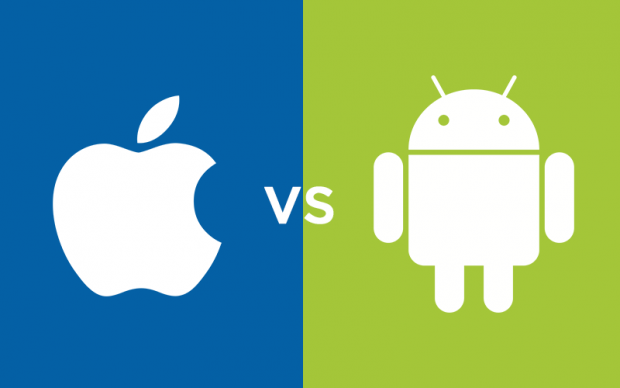Shield Tablet: inexpensive streamer, limited appeal
Streaming games is the next big thing, apparently. So much so that a lot of…

A few weeks back, I wrote about how the iPhone SE 2 is not the mid-range killer the media are making it out to be. Which is certainly true from a features perspective. Aside from raw performance, you’re getting something that falls short of a lot of mid-range Android phones from five years ago. That said, the SE 2 does have one more trick up its sleeve: long term software support.
Apple supports their devices for 5 years on average. The iPhone 5S, a handset released in 2014, actually received a new update just a couple days ago. It was a security and stability patch for iOS 12 mind you, but it’s still being updated none the less, nearly six years after it launch. It’s also supported six different versions of iOS. This isn’t the exception to the rule either, as both the iPhone 4S and iPhone 5 received patches in July of last year; eight and seven years after their respective releases.
Over in Android land, you’re lucky to get 2-3 years of support post launch, regardless of whether the phone cost $200 or $1,200. My Asus Zenfone 3 received its last security patch in August 2018, bang on two years after it launched. But you can expect the same even for the pricey Galaxy S20.
Now, from my own experiences, Android is generally more stable than iOS. I’ve never really run into any major problems or experienced slowdowns overtime on any of my Googly phones. Which is something I can’t say for the iPhones and iPads I’ve had. Which is why I switched in the first place. But as companies like Samsung and OnePlus push prices increasingly higher, there’s a growing, not unreasonable consumer expectation that they should be supported just as long as Apple’s expensive handsets.
So why did Google let this happen? Ages ago, at the dawn of the smartphone era, they decided to take a hands off approach. They offered Android open source to anybody that wanted it. This allowed handset makers to tailor custom software for their specific hardware. Which isn’t necessarily a bad idea. After all, this is exactly what Apple does. However, the problems started when updates were left up to handset makers.
Apple has a vested interest in keeping you locked into their ecosystem. They make a lot of money on app purchases, data mining, and subscription fees on top of whatever you paid for your phone or tablet. So while they would like you to buy a new device every two years, they do realize the need to keep older handset owners from straying.
Android handset makers do not have that incentive. Google makes all the money off subscriptions, app sales, and slurping up all that juicy data. Device manufacturers only make the initial hardware sale. So their interests lie in making you upgrade as often as possible. They have no reason to provide long term updates. That’s ultimately what’s holding Android back as a platform.
So why doesn’t Google just take control? It’s not like handset makers have another choice. Blackberry OS and Windows Phone are long dead, and I just don’t see Tizen or Sailfish making much of a splash. The lines have already been drawn in the sand. Users are too invested in Android or iOS, and there isn’t much room for a third platform to sneak in and take over.
Perhaps Google is just worried about supporting too many devices at once. Apple after all has a limited number of hardware variables to work with. If only there were some other major operating system that has dealt effectively with a similar problem. Well, there is, and that’s Windows.
When you buy a Windows PC, you’re guaranteed to be getting the same version of Windows that’s included with every other PC. Microsoft also offers astonishing long term support that would make even Apple blush. Windows XP exited mainstream support in 2009, but total support didn’t officially end until 2014, some 13 years after it initially released. Windows 10 has been going strong almost five years no, and Microsoft plans to keep updating it indefinitely. And yes, even though it’s discontinued, Windows 10 Mobile is still received an update earlier this year, four years after it debuted.
They get away with this by pushing updates to the OS and its kernel, while leaving things like device drivers up to the individual hardware manufacturers. Even there, Microsoft has been good at natively supporting legacy drivers going back to Vista. The only real limit is the base system requirements of Windows 10. Though I’ve had it run on old laptops from the late 2000’s without much issue, provided it has enough memory. It’s usually the sluggish 5,200rpm hard drives that are the limiting factor.
So Windows is great for long term support and all, but you know what other operating system does this? Linux. Yep, the same Linux Android is based on. Hardware agnostic, gets seamless regular updates, runs great on older systems. So what’s the issue here?
I feel we’ve reached a point where smartphone hardware has matured enough where this is doable for Android devices. Having everyone on the same software version would help developers, and help improve security as well. In fact, we’ve already seen older phones happily run custom ROMs with much newer versions of Android than what their manufacturers officially offered. There’s no practical reason why Android devices shouldn’t have the same software support the iPhone does. It’s strictly a business one.